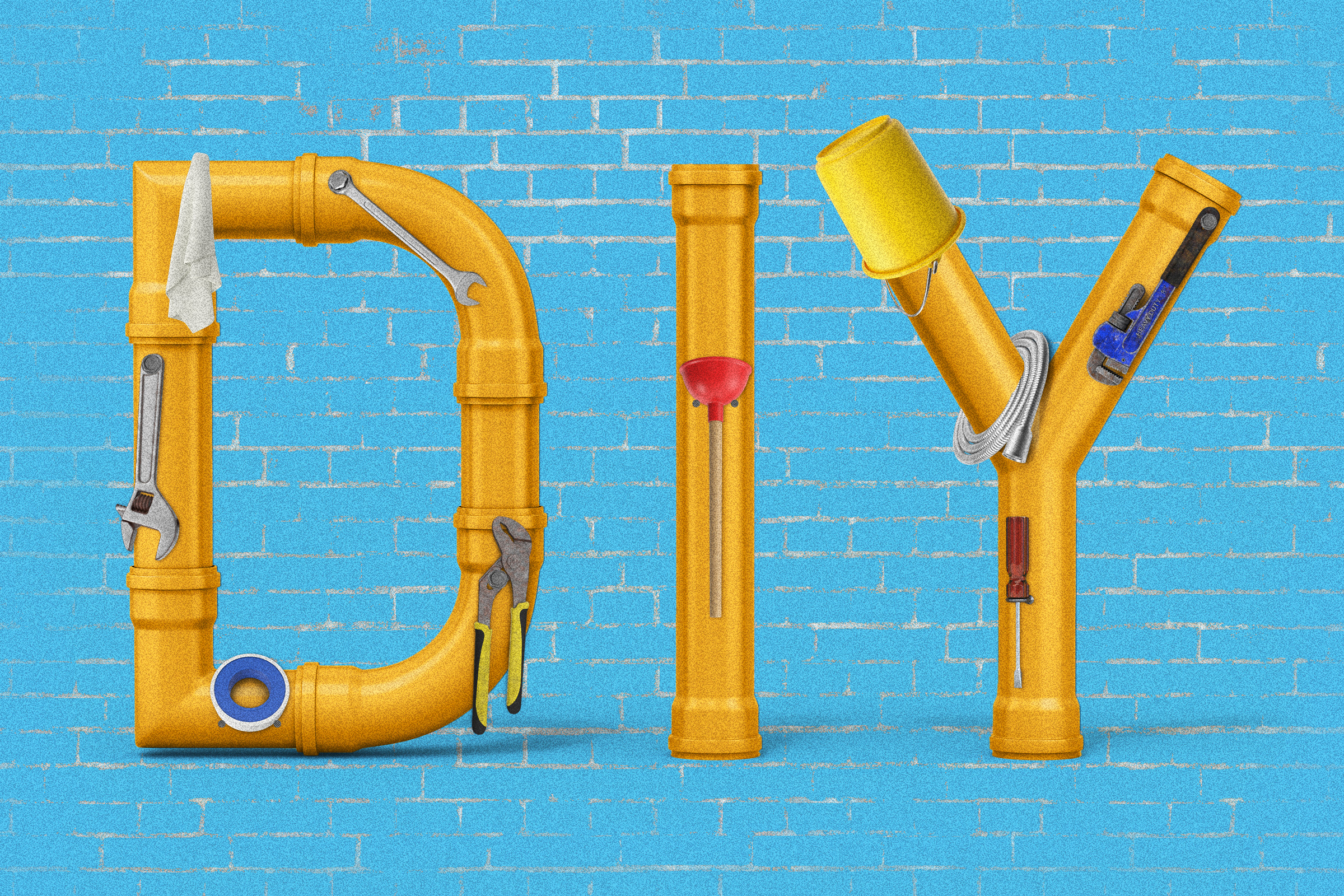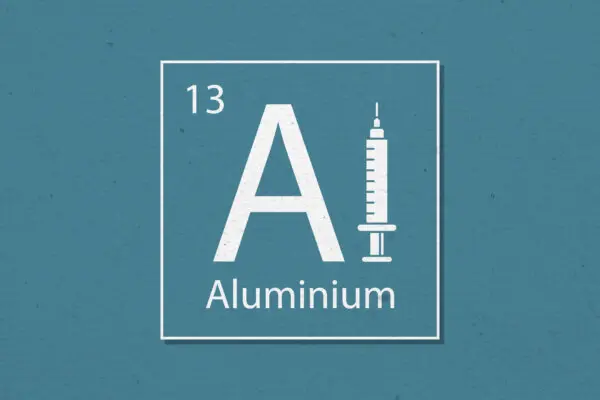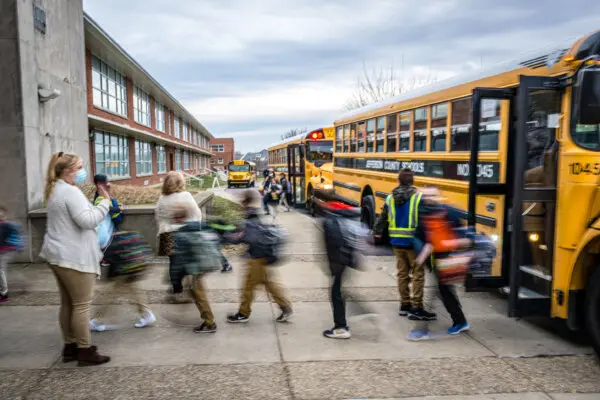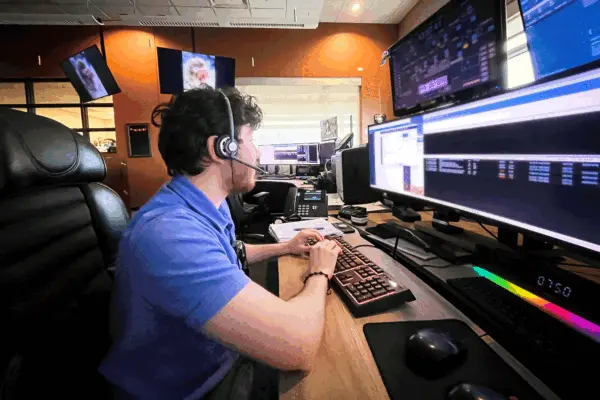Largely unseen, a home’s plumbing system runs from the kitchen sink to the backyard spigot and everywhere in between. Because every part of it needs to work all the time, it’s important to learn basic do-it-yourself (DIY) plumbing skills. In addition to saving money, knowing what to do in the event of a sudden leak means not having to wait hours or even days for a plumber to arrive.
Robert Mazzacone, CEO of Mazzacone Plumbing & Heating and grandson of the company’s founder, Victor Mazzacone, encourages homeowners to take on DIY plumbing projects. He told The Epoch Times: “The best way to keep your home’s plumbing system working great is to pay attention to it so small problems don’t become big ones. But know your limitations; don’t attempt repairs without proper knowledge. If a plumbing project seems like something you can’t handle, it probably is, so call a professional.”










